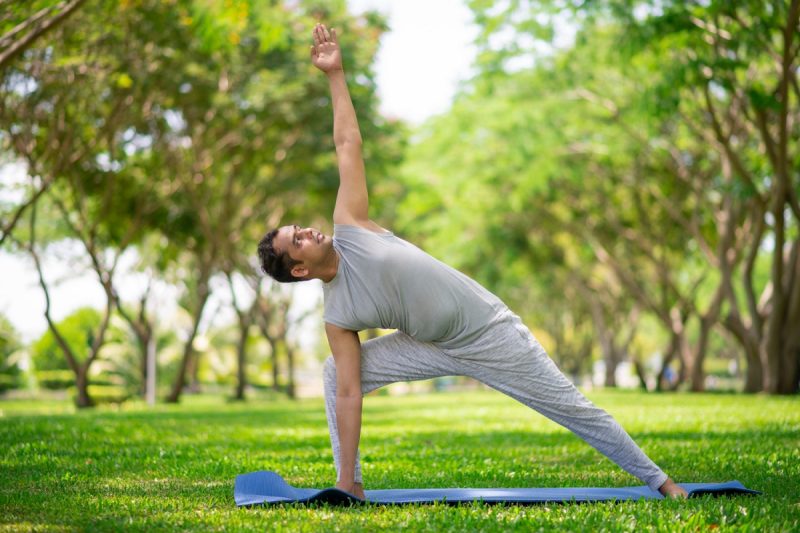Most individuals think stretching is only essential when lifting weights at the gym, running, after getting injured, or playing sports. But it’s a crucial part of a workout that does a lot for your body as well as your brain. Regular stretches keep muscles healthy, robust, plus flexible. It improves the range of motion in joints and helps individuals with balance issues to avoid falls. Stretching at home is also good for our minds. This post will explain what effects it has on physical plus mental health.
Physical Health
Nowadays, humans are becoming more desk-bound. As per the National Institutes of Health, one in four adults in the U.S.A. spends 70% of the day sitting. As you know, becoming desk-bound for an extended period makes our body more inflexible. This further leads to muscle tightening plus other health issues. Without stretching, muscles become tight. These tight muscles fail to function efficiently and result in injury.
Here is what stretching at the gym does to your body:
- Activates the parasympathetic nervous system, which is responsible for digestive functioning plus rest. It even provides relaxation.
- Boosts flow circulation to muscles plus joints. This helps remove metabolic waste products.
- Chest stretches enhance mobility and flexibility in the upper body. In the same way, working on hips makes muscles lose as well as lets you move more quickly with minimal pain. It is mainly beneficial if you’re a cyclist, runner, or take part in any activity that needs plenty of movement.
- Regular stretching around your elbow can prevent elbow issues linked with overuse. This is beneficial if you are diagnosed with golfer’s or tennis elbow, or medical/lateral epicondylitis.
- Releases endorphin levels, which boosts mood plus decreases pain.
- Simple exercises at home release muscle stress in the shoulder, neck, lower back, and chest muscles.
- Fights stiffness that occurs from everyday activities. One study found that stretching five times a week for 6 weeks can boost motion range to 2.4 deg per week in every muscle.
- Give relief from muscle soreness plus minimize injury risk.
- Stretching ankles is an effective method to avoid severe ankle injuries. It keeps ligaments and muscles supple plus loose, which offers joint stability.
Mental Health
These are also the mental benefits. As you know, our brain-body has a close link.
- Enhances serotonin levels in our body. These feel-good hormones trigger brain receptors. It helps in reducing stress plus improving mood.
- One study claimed that stretching exercises at work minimize fatigue and anxiety while boosting mental health plus vitality.
- Ensure a healthy musculoskeletal system plus boost blood flow in the body. It leads to minimal chronic pain, high energy levels, and a healthy spine.
- Inculcates inner balance within us. It helps in managing depression by calming our mind plus releasing serotonin.
Where to Begin?
Stretching on an everyday basis may seem devastating. But you do not need to do it for every muscle. The regions important to focus on for mobility include hip flexors, calves, hamstrings, as well as quadriceps. Choose a program that includes everyday stretches three or four times per week.
It’s worth finding a certified physical therapist near you. He/she will evaluate your muscle power plus customize a program as per your unique needs. But if you are suffering from arthritis or other chronic diseases, talk about it with a doctor before you begin.
Conclusion:
Spending 5 – 10 minutes stretching can provide many mental and physical health benefits. It keeps us super mobile. With Tai chi or yoga, you will remain relaxed. Even 10 minutes of pre-workout running stretches can enhance your running speed and prevent injuries.
So, add short movements when standing fitness reminders go off. The good part is it’s not just for gymnasts or athletes, it’s crucial for all of us. Without previous experience, anyone can begin a stretching routine easily at home.

